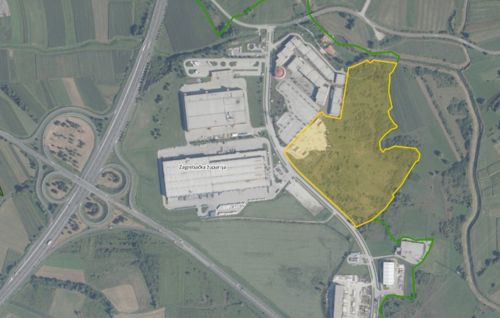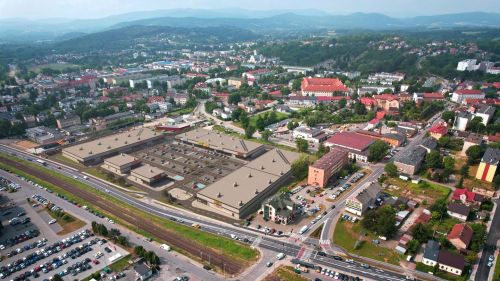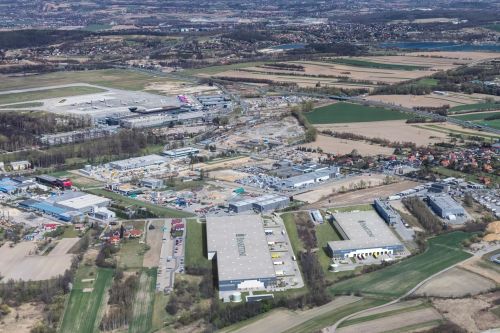The market is changing

The real estate sector has long departed from its customary seven-year cycle. However, the current sustained peak will also come to an end one day. Then, as always, the location and quality of assets will count. In particular, quality means properties with sustainable concepts, meaning they are prepared for the growing demands of digitalisation and can be used flexibly. In the future it will be increasingly important to see office properties as managed properties, because the critical assessment of trends and their impact on assets will be a constant task. Those that act with foresight now will have opportunities for success in the coming cycle.
Digitalisation arrived in the real estate sector some time ago, and therefore also at real estate financiers. Constant dialogue with customers is the decisive factor when it comes to determining which digital solutions are the most promising. In the end, we must fulfil customer expectations in the future. There is demand for solutions that speed up processes or simplify communication with customers, while also taking IT security and data protection into account. Regulation is also a major driver of digitalisation. The constant stream of new regulatory requirements with regard to the quality, quantity and transparency of data, and shorter response times, are accelerating the digitalisation process at banks.
Poland and its real estate market present a mixed picture: On the one hand, the country continues to display considerable economic growth, and is thereby sending positive signals to market players. On the other, a number of political decisions in Poland have increased uncertainty on the part of investors and financiers. In 2017 that resulted in a lower transaction volume than in previous years. A sustainable upturn in the Polish real estate market will require greater reliability for all market players.






















































An open door to redefining the commercial real estate market in Poland
An open door to redefining the commercial real estate market in Poland
The investment slowdown in the commercial real estate sector that we have been observing in Poland for over a year is primarily the result of the tightening of monetary policy arou ...
Walter Herz
The retail sector is not slowing down
The retail sector is not slowing down
The pandemic, conflict in Ukraine as well as inflation and high interest rates that recent years have brought have reshaped the real estate market around the world. The global slow ...
Walter Herz
Retail parks – current opportunities
Retail parks – current opportunities
Over the last few years, retail parks in Poland were mostly developed in smaller formats, around 5,000 sqm, either adding to the existing retail landscape or introducing modern ret ...
Avison Young